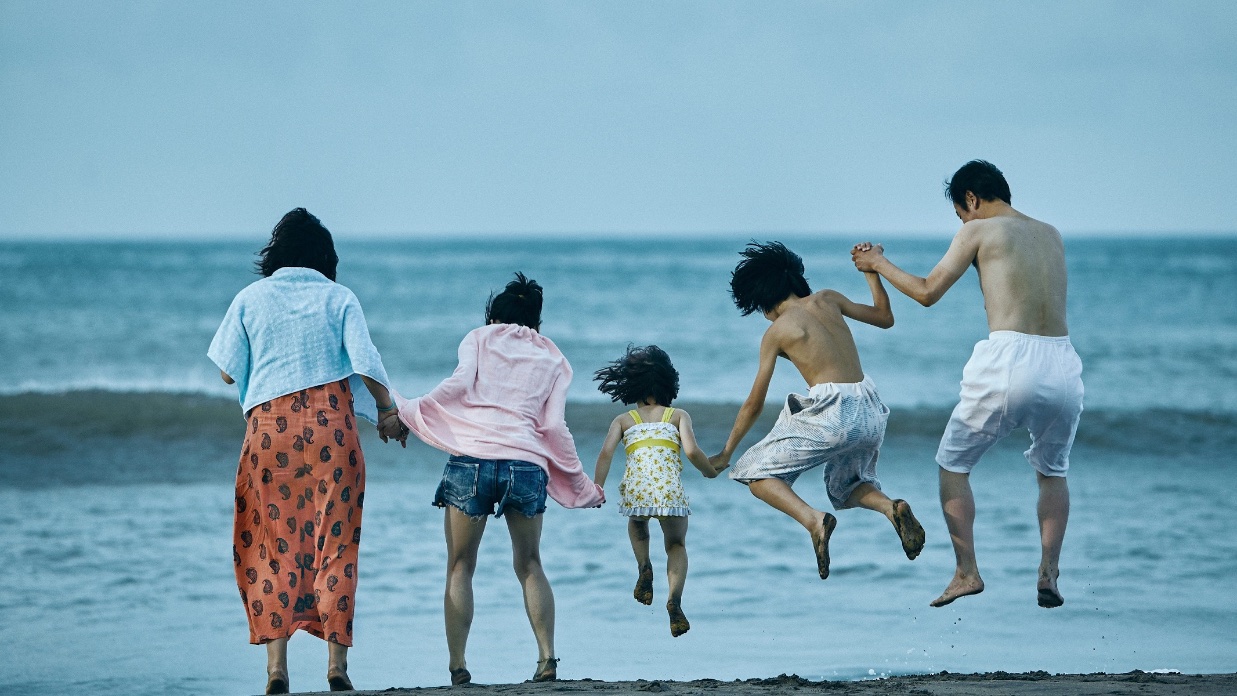
This has been quite an interesting year for Japanese cinema, for a number of reasons. To begin with, “One Cut of the Dead”, a small-budget. zombie film sent ripples across the whole world with its unexpected success, both in the festival circuit and commercially, having earned more than 3 billion yen, despite having a budget of just 3 million. At the same time, it spawned much controversy, particularly for the treatment of the cast and crew by the producers.
The return of Hirokazu Koreeda to the family drama genre was also a great success, with him earning top honors at Cannes, while equally successful was the new effort of Shinya Tsukamoto, who tackled the samurai genre this time.
Bullying continues to be a major theme for Japanese cinema, with Kensei Takahashi and Eisuke Naito presenting extreme, but fresh approaches to the concept, while a film shot in both Japan and Burma and one from an Indian director are also counted among the best of the year.
Kazuya Shiraishi continues his path to the top of the industry, having shot two great films, one about yakuza and one a social drama. Daisuke Miura managed to shoot a meaningful erotic drama in an industry where nudity borders on being forbidden.
Some films may have premiered in 2017, but since this occurred at the end of the year, I took the liberty of including them.
With a focus on diversity, here are the 10 best Japanese films of 2017.
10. Sea (Kensei Takahashi)
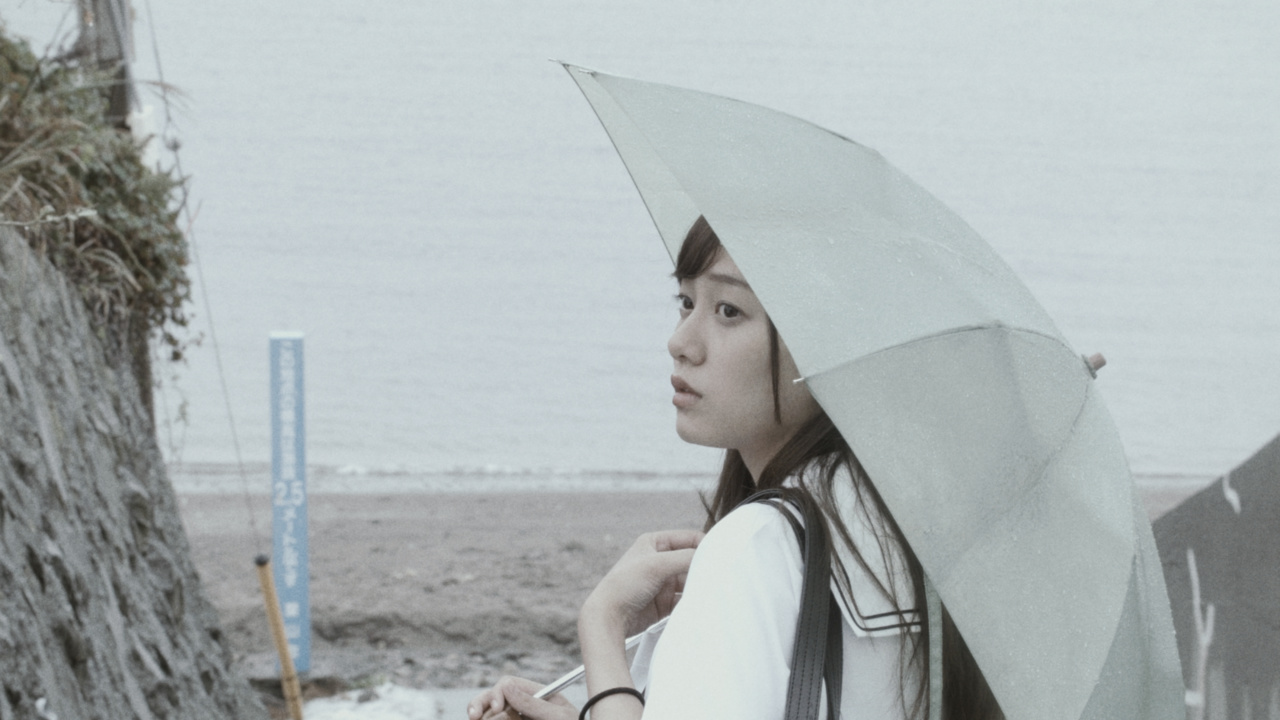
The story revolves around Hiroshi, a timid high school student, who is bullied by two classmates, Tatsuya and Kengo. Hiroshi dreams of getting to a university in order to leave his mundane coastal town and escape his torturing life, but his life changes forever, when his bullies instigate him to lure another classmate of theirs, Rie, into a boat shed in the beach where they proceed on raping her. The crime is never reported, but at a class reunion at their 20s, Hiroshi, who has become a newspaper delivery person and a complete loner in the meantime, snaps.
The narrative unfolds into two arcs, one in the past with the aforementioned events, and one in the present, 8 years after the graduation event. The comments presented in the two arcs differ, but in reality, the ones presented in the second are the consequences of the ones in the first. In that fashion, the first one deals with bullying and violence, and particularly the way it affects both victim and perpetrators.
The second one deals with guilt, punishment, and the way one can deal with both and move on with his life. A common one, on the other hand, is the concept of vigilante justice and its consequences, with Takahashi obviously stating that when the cycle of violence opens, it is very hard to close. On the other hand, Takahashi paints the villains in such dark colors, that the revenge exacted seems largely justified, although what follows succeeds in showing the toll such acts take, as no sign of relief is presented anywhere. The question “was it worth it?”, receives a rather obvious reply in that setting.
Subtlety is the main ingredient of Takahashi’s contextual and visual approach, with the majority of the violent acts being depicted in a fashion that mostly implies what is going on, with the exception of the scene of revenge, which is quite graphic. Furthermore, the suffering and the psychological situation each character experiences in any given time, also follows the same direction, not through words, but mostly through silent, but quite obvious sequences.
In that regard, the movie benefits the most by Haruka Ito’s cinematography, which succeeds in communicating both the events and what is occurring on the characters’ mind and psyche, in any given scene. Furthermore, the long shots featuring in the movie are quite captivating, particularly the ones in the beach, with this prowess also extending to the interior scenes, particularly the ones emitting a permeating claustrophobia, such as the revenge scene and the ones that Hiroshi is staying by himself.
In the end, I felt that some parts of the story, like the background of Tatsuya and Kengo could have been explored a bit more, but the taste the film leaves is great, particularly considering this is Takashi’s feature debut. Personally, I would really like to see what the future holds for the young director.
9. Passage of Life (Akio Fujimoto)
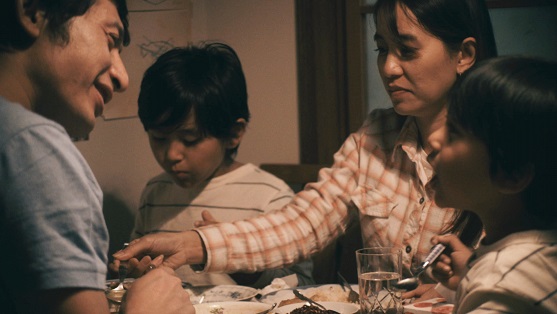
“Passage of Life” is based on a true story of a Burmese family living in Tokyo after immigrating to Japan with no visa.
Khine and her husband Issace, who works illegally in a restaurant, share a modest but happy home with their two children, 7-year-old Kaung and his 4-year-old brother Htet, both of which have been raised in Japan and speak almost no Burmese. The couple has applied for political asylum, stating that their lives were in danger in Burma; however, their application is rejected, as is usually the case in Japan, which is one of the largest donors to the UNHCR but accepts a very small number of refugees and asylum-seekers compared with other developed nations.
The rejection and the subsequent visits from immigration officials in the family’s house have a great toll to the already anxious Khine, who ends up being hospitalized, with the agony and wait for the second application making her health even worse. Eventually, she decides to take the children back to their home country, until Issace manages to find a solution.
The setting then is transferred to Burma, where Khine has to face additional problems as she tries to enter the children into a Japanese school, and at the same time finds herself psychologically and emotionally shattered due to the change of location, with the toll on the two kids being equally significant. And although the younger one is quite vocal about it, Kaung suffers silently and eventually decides to roam the streets of Burma by himself.
Akio Fujimoto directs a sensitive and quite toned-down film, which does not fail at all, though, to highlight the difficult circumstances of asylum-asking immigrants in Japan, through a particularly realistic depiction.
The way the authorities treat them (with politeness but a distinct tendency to disregard their situation) is one of the focal points of the first part, and through this, but also the father’s calm and patient attitude, Fujimoto succeeds in gaining sympathy for the family, from the very beginning. Despite their resolve though, the asylum application hangs like a Damoclean Sword over their heads, having dire consequences particularly on Khine, in the second focal point of the first part.
8. Call Boy (Daisuke Miura)
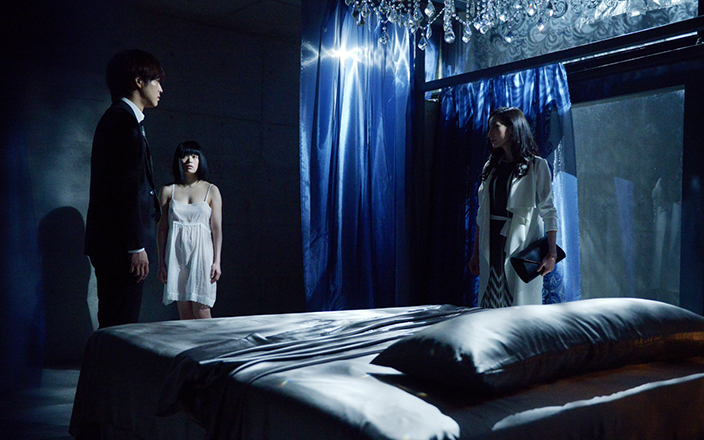
In a cinema as the Japanese, where erotic scenes seem almost forbidden (except from exploitation films, but that is a whole new other level of depiction), it feels quite reinvigorating to watch a movie that is fairly graphic in its portrayal of intercourse. “Call Boy” does just that, but probably its biggest trait is that it avoids becoming crude, almost completely.
The film revolves around Ryo, a university student who works part-time at a bar, trapped in an uneventful life, stripped of any kind of purpose. All these, however, change when his friend Tajima introduces him to Shizuka Mido, a woman who runs an escort service for women. Mido takes completely control of Ryo, first testing his abilities in the act by making him have intercourse with a Sakura, a deaf girl who seems to be under her protection, and actually evaluates his performance, giving him pointers to improve in bed.
Soon Ryo finds himself with a distinct sense of purpose, to satisfy even the most “extreme” women’s desires, while learning much about a gender he used to consider boring. By exploring their desires, he is eventually forced to take a look at his own, and consequently, himself as a whole.
Daisuke Miura has directed a film that includes a plethora of the most graphic intercourse scenes ever to appear in a mainstream film, that combine realism, both in image and sound, with a visual prowess very rarely witnessed in erotic films. This elaborateness benefits the most by Jam Eh I’s stylistic cinematography, which permeates the whole film, inducing it with a dreamy atmosphere that occasionally touches the borders of the noir.
This sense is also implemented by Zensuke Hori’s editing, that allows the film to proceed with a relatively slow pace, which seems to suit its general atmosphere in the best way. Hirokazu Kato’s sound is also a major factor in the realistic presentation of the erotic scenes, while the jazzy soundtrack by Yoshihiro Hanno heightens the overall aesthetics of the film even more.
None of the above however, means that the film is solely focused on intercourse. On the contrary, Daisuke Miura directs a movie that uses eroticism in order to present a number of comments, most of which revolve around desire and the true nature of women, with the film examining this topic in almost every age.
In that fashion, the movie explores a number of desires that could be easily considered as “fetishes” but in reality are quite more common than anyone would think, although they are usually buried under layers of pretentiousness and a need to appear “normal.” The sincerity and sensitivity Miura addresses these themes is one of the film’s biggest traits.
7. One Cut of the Dead (Shinichiro Ueda)
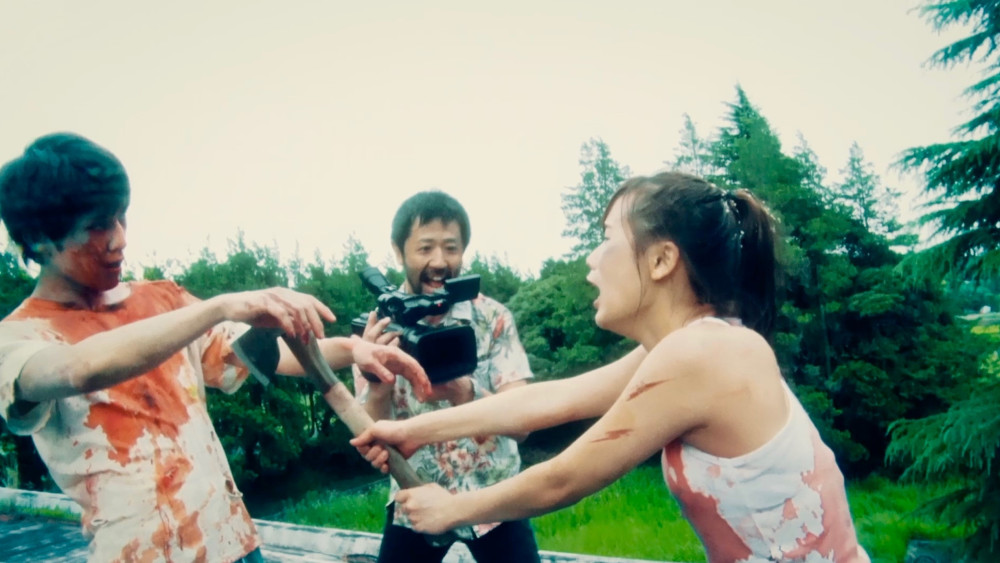
Making a zombie film that is different from the uncountable entries in the category is not an easy task. Shuichiro Ueda, however, has achieved just that, in a rather original movie that received a standing ovation that lasted for 5 minutes during its premiere in Far East Festival.
The movie’s narrative is quite unusual, as we are dealing with film about a film with zombies, that begins with the film and then goes to explain the path that led to the film, all the while mocking every concept associated with the film industry. In that fashion, in the beginning of “One Cut of the Dead”, we witness the preparations of a film, only to have zombies attack the set, since, Higurashi, the director has chosen to use an abandoned building where the Japanese conducted experiments during the war and has actually “invited” the undead in order to make his production more realistic.
After the ending titles fall on the screen, the script takes a leap backwards in time, where we watch how the director was given an impossible task, of shooting a zombie movie in one cut, which was to be screened live on TV. The second part focuses on his efforts to shoot this production against all odds and the plethora of obstacles that come his way.
As I stated in the previous paragraph, the film mocks every aspect of the entertainment industry, and this seems to be Ueda’s foremost purpose. In that fashion, “One Cut of the Dead” parodies the occasional strictness of the directors (the harsh behaviour usually associated with auteurs actually), having Higurashi yell “Action” at the most inappropriate times, not to mention the fact that he has used actual zombies in order to make his film more realistic.
The caprices of the movie stars also get their share of mocking, as do the ridiculous demands of the industry producers, along with the fact that the majority of people in the industry consider TV shows of low quality. Furthermore, the struggles of low budget productions are also presented and mocked, while one has to laugh with the concept of the drunken director of photography, who actually ends up playing the zombie. Lastly, the role of the scream queens, the self-defense lessons for women, and “The Method” also get their share.
The second great trait of the narrative is the fact that it manages to draw laughter from the exact same jokes in the second part, by actually explaining how the “weird” moments of the production (the one Higurashi was tasked with, not “One Cut of the Dead”) came to be.
Lastly, Ueda manages to show all the hardships but also the joys a film can bring to a crew in the end, with the finale highlighting the second aspect in delightful fashion.
6. Liverleaf (Eisuke Naito)
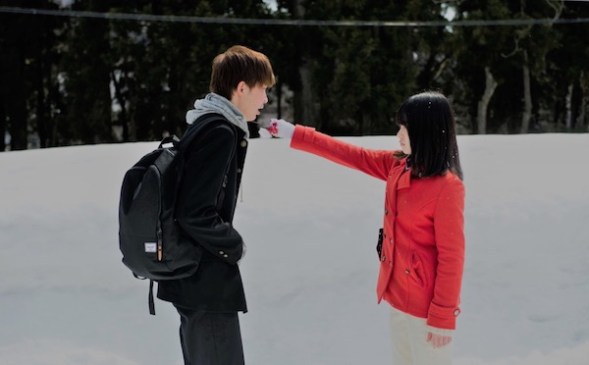
“Liverleaf” is a Japanese teen drama about bullying, based on the manga series “Misumisou” by Rensuke Oshikiri.
A newly admitted transfer student, Haruka, gets bullied at her new school. Her only friend is another transfer student, Mitsuru. One day they meet up to go and take photos of the snow-covered village. On their way back, Haruka discovers that her house is on fire, with tragic consequences for her whole family. In the aftermath, she decides to exact revenge in the most violent way.
Eisuke Naito takes the concept of “bullying the bully” to its most extreme, as eventually, vengeful violence takes over the narrative in the most shocking fashion, while the teen drama elements seem to move the narrative even further to this particular direction.
Through this extremity, Naito also seems to put the blame to the lack of guidance these youths experience, both from their parents and their teachers, both of which shine through their absence.
Hidetoshi Shinomiya’s cinematography is one of the biggest traits of the film, with the scenes in the snow being the ones that stand out, being both meaningful and quite artful.